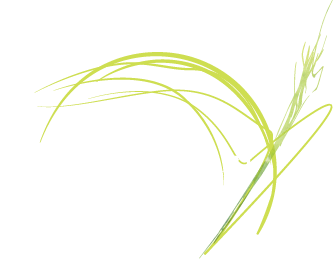Katharine White on Ikebana
Spiritual Practice and Katharine S. White on Ikebana
While on vacation on Deer Isle in Maine, one often drives down to Stonington (a couple of miles from our Airbnb) to visit the tiny town and its eclectic gift/book shop - which has everything to do with Deer Isle and its environs and its residents. Which included E.B. White and his wife Katharine. Who was also an editor at the New Yorker. She wrote a series of articles based on her love of seed catalogues. It is odd as all get out. I confess I do like to look at Seed Catalogues at my sister in law’s. She lives in Ct. and she is an excellent gardener (besides being a beekeeper, she grows PEONIES and vegetables.) But I digress.
I bought White’s book - Onward and Upward in the Garden out of curiosity. The Introduction by E.B. White made it completely worthwhile - he adored this woman and explained in very entertaining ways how, even when she was ill, she had ideas about her garden and would direct the gardener. She also made quite acerbic comments about the arrangements he made for her when she was in her sickbed. That garden gave her pleasure ’til her dying day. It took a bit of thumbing through to find something that really captured my interest - only so much commentary on the form and style of seed catalogues will keep my attention.
When she writes about Ikebana, I am in. Here’s a few of her phrases just to give you a taste: “… The very earliest Japanese arrangements were offerings of cut greens at Shinto shrines. No flowers were used. The use of flowers and of colors other than green came to Japan from China in the seventh century AD with the earliest Buddhist priests, but it was not until the fifteenth century that a number of ryu, or schools, of formal flower arrangement began to flourish…” She goes on to write about two books that can give you “a misty idea of the whole elaborate business…”
And then ”… no two people agree on the history and techniques of Japanese flower arrangement but I shall go out on a limb and continue to give my own ideas of the basic principles of ikebana, drawn from many books and sources. For the traditional classical styles, the student must first learn “The Principle of Three.” This means three branches in a container (or it could be one stem with three branches), the tallest of which is called shin, for Heaven, the medium length so for Man, and the softest gyo, for Earth. This is the triad that, to the Japanese, represents the cosmos…”. She disentangles Japanese from Chinese principles of opposites, male and female and on and on. Quite beautifully. She quotes Daisetz T. Suzuki, who wrote the forward to Zen in the Art of Flower Arrangement. “The art of flower arrangement is not, in its truest sense, an art, but rather the expression of a much deeper experience of life.”
It has never been presented more succinctly. I urge you to buy your own copy. And consider an Ikebana class. I borrow a great deal from this rich spiritual practice as I continue to learn it. But if you’re a purist - and you like geometry…give it a go.

